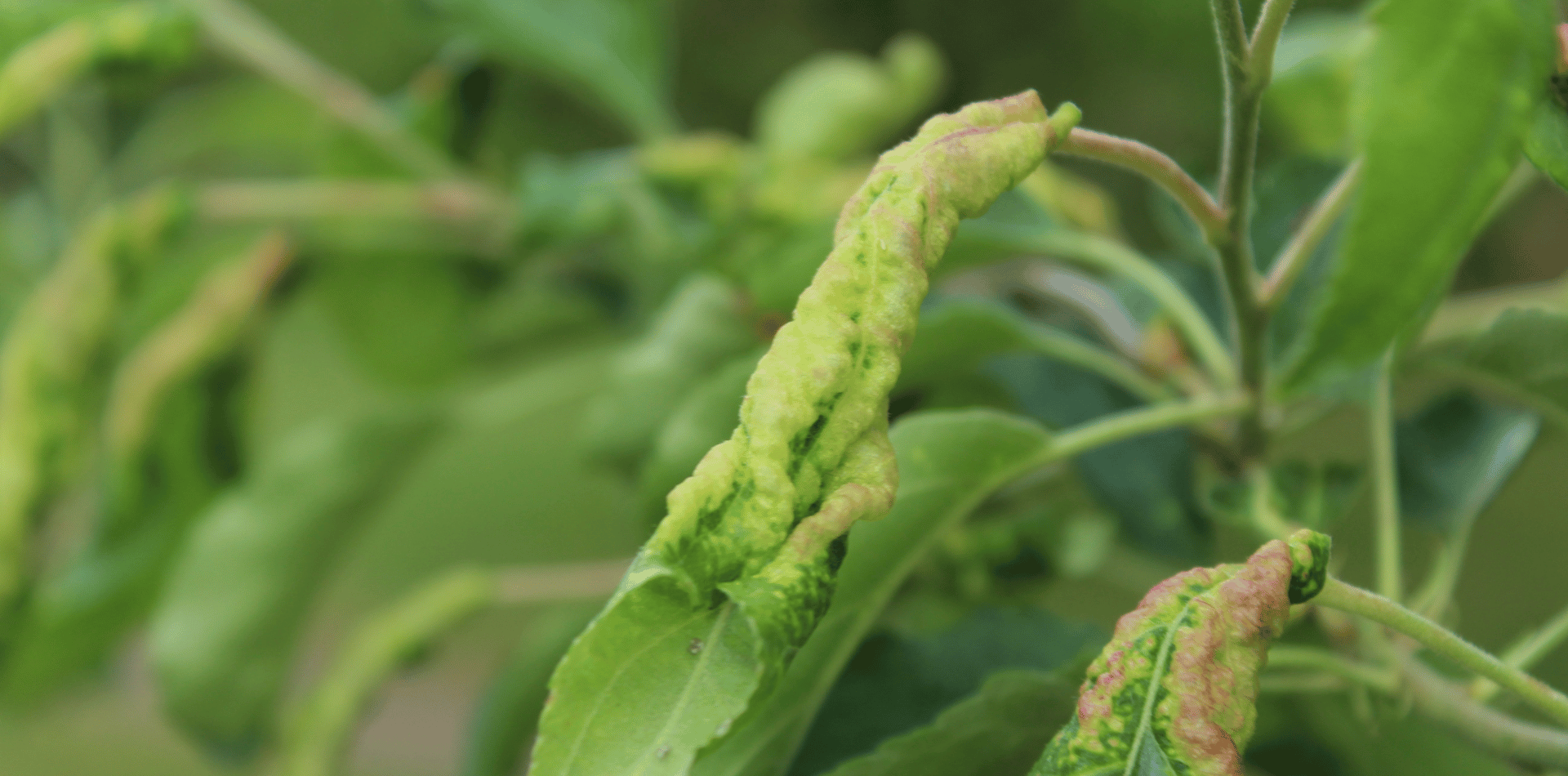7 Simple Tree Care Guidelines
7 Simple Tree Care Guidelines To Keep Your Trees and Plants Healthy
Trees offer social, environmental and economic benefits throughout their lifetime. But not all trees are equally well-suited for every planting site or in every climate. Tree selection and placement are two of the most important decisions a homeowner makes when landscaping a new home or replacing a tree. Many trees have the potential to outlive the people who plant them, so the impact of decisions about planting and locating trees correctly can last a lifetime. Matching the tree to the site benefits both the tree and the homeowner.
Buy Only High Quality Trees and Plants
A high-quality tree, when planted and cared for correctly, may become a long-lasting asset to your property. In contrast, a low-quality tree may develop costly problems over time, increasing the need for maintenance and reducing the benefits a tree can provide. When considering adding trees and plants to your landscape, prioritising high quality is essential for numerous reasons. High-quality trees and plants are not only more likely to thrive and adapt well to their new environment, but they also bring a range of benefits that extend beyond aesthetics.
Benefits of High-Quality Trees and Plants
- Longevity and Durability: High-quality trees are generally more resilient and have a better chance of surviving adverse conditions such as drought, pests, and diseases. This resilience translates into a longer lifespan, ensuring that the tree continues to contribute positively to your landscape for many years.
- Reduced Maintenance and Care: While all trees require some level of maintenance, high-quality specimens are less likely to encounter problems that necessitate frequent and costly interventions. This means less time and money spent on pruning, pest control, and disease management.
- Enhanced Property Value: Trees and plants of high quality can significantly enhance the curb appeal and overall value of your property. Mature, healthy trees are especially valued for their shade, beauty, and the privacy they offer, making them a wise investment for homeowners.
- Environmental Benefits: High-quality trees contribute more effectively to the environment by sequestering carbon, producing oxygen, and providing habitats for wildlife. They also help in managing stormwater runoff and reducing erosion, thanks to their well-developed root systems.
Selecting High-Quality Trees and Plants
When selecting trees and plants, consider the following criteria to ensure you're choosing high-quality specimens:
- Source Reputation: Purchase from reputable nurseries or garden centers that are known for their quality stock. These businesses often provide healthy, well-cared-for plants that have been grown under optimal conditions.
- Root System: Look for trees and plants with strong, healthy root systems. Avoid those with circling roots, which can lead to problems with nutrient uptake and stability as the tree grows.
- Disease and Pest Resistance: Opt for species and varieties known for their resistance to pests and diseases prevalent in your area. This proactive approach can save a lot of trouble in the long run.
- Adaptability: Choose trees that are well-suited to the specific conditions of your site, including soil type, pH, moisture level, and exposure to sun and wind. A tree that is a good match for its environment is more likely to thrive.
Care and Maintenance
Proper care and maintenance are crucial for the success of high-quality trees and plants:
- Proper Planting: Ensure trees are planted at the right depth and with enough space to accommodate their mature size. Improper planting can lead to stress and poor health over time.
- Watering: Provide adequate water, especially during the establishment period and periods of drought, to help the tree develop a deep and extensive root system.
- Mulching: Apply mulch around the base of trees to help retain soil moisture, regulate soil temperature, and reduce weed competition.
- Pruning: Regular pruning helps maintain the tree's structure, remove dead or diseased branches, and encourage healthy growth.
By investing in high-quality trees and plants and providing them with the care they need, you can enjoy the numerous benefits they offer while minimising potential problems. This approach not only enhances the beauty and value of your property but also contributes positively to the environment.
In Summary
A high-quality tree has:
- strong form with well-spaced firmly attached branches
- a trunk free of wounds or damage
- a balanced root system to support healthy growth.
A low-quality tree has:
- weak form, in which multiple stems originate from the same point and branches grow into each other
- a trunk with wounds from handling or incorrect pruning
- limited, crushed or circling roots in an undersized root ball or container.
These problems, alone or in combination with each other, can greatly reduce a tree’s prospects for a long, attractive, healthy and productive life. When buying a tree inspect it carefully to identify problems related to form, injuries or roots.
Tree Health
Tree health is a critical aspect of maintaining a vibrant and sustainable home landscape. Trees, with their imposing presence, not only serve as ornamental features but also play a crucial role in the ecological balance of your garden. However, their health and growth are intricately linked to the health of other plants and the shared resource they all depend on: the soil.
The Importance of Soil Health
The soil is the foundation of your garden's ecosystem, providing essential nutrients, water, and support for the roots of all plants. The roots of trees, shrubs, turfgrass, and bedding plants not only share this space but also engage in a complex interaction, competing for the limited resources the soil offers. This competition can be particularly intense in residential landscapes, where space is limited and plants are often placed closer together than they would be in a natural setting.
Managing Competition
The extensive root systems of mature trees can dominate the soil, making it challenging for smaller plants to access the water and nutrients they need to thrive. This competition can stress your garden's plants, potentially impacting their health and growth. Managing this competition effectively is crucial for maintaining the health of your trees and the vitality of your garden:
- Proper Planting and Planning: Careful planning can mitigate the impact of competition. Consider the mature size of trees and their root systems when planting, and choose locations that minimise overlap with the root zones of other plants.
- Selective Planting: Choose plant species that are known to coexist well with trees. Some plants, particularly those adapted to forest understories, are more tolerant of the shaded conditions and root competition found near large trees.
- Soil Improvement: Regularly adding organic matter to the soil can help improve its structure, nutrient content, and water-holding capacity, benefiting all plants in the garden. This is particularly important in areas where roots compete heavily.
- Irrigation Strategies: Employ targeted irrigation practices to ensure that water reaches the root zones of all plants, especially during dry periods. Drip irrigation or soaker hoses can deliver water directly to the soil, reducing waste and ensuring that plants receive the moisture they need.
- Mulching: Applying mulch around trees and garden beds can help retain soil moisture, regulate soil temperature, and reduce nutrient competition from weeds. However, be cautious not to pile mulch against tree trunks, as this can lead to moisture-related diseases.
Monitoring and Maintenance
Regular monitoring and maintenance are vital for detecting and addressing issues that could impact tree health and the overall balance of your garden:
- Observation: Regularly inspect trees and surrounding plants for signs of stress, such as wilting, discolouration, or stunted growth, which could indicate competition or other health issues.
- Pruning: Pruning trees and shrubs not only helps maintain their shape and remove diseased or damaged limbs but can also reduce the shade they cast and improve air circulation, benefiting underplantings.
- Fertilization: Soil tests can determine nutrient deficiencies, guiding targeted fertilisation efforts to support the health of all garden plants without exacerbating competition.
- Pest and Disease Management: Promptly addressing pests and diseases can prevent them from spreading and causing further damage to trees and other plants.
While trees are dominant ornamental features in your home landscape they share this area with turfgrasses, shrubs and other plants. All these plants are growing in a common resource - the soil. The roots of trees, shrubs, turfgrass and bedding plants intermingle and compete for water and nutrients. The roots of a single mature tree may extend well into your lawn or flower beds.
Every treatment applied to the lawn (fertiliser and herbicide, for example) can impact the appearance and vitality of a tree. Conversely, treatments applied to a tree, such as pruning and fertilising, can influence the appearance and vitality of the underlying turfgrass or groundcover plants. The care of each plant within a garden or open space can affect the health of every plant in that landscape.
Maintaining tree health in a shared landscape requires a holistic approach that considers the needs and interactions of all plants. By managing competition, improving soil health, and monitoring for issues, you can ensure that your trees and your garden as a whole remain healthy and vibrant.
Plant Healthcare
Plant Healthcare (PHC) is an integrated approach to managing the health, vitality, and quality of plants within the landscape. It encompasses regular monitoring, preventive treatment, and a strong emphasis on cultural practices to enhance plant health. The goal of PHC is not only to treat symptoms as they arise but to prevent problems by maintaining a healthy environment for plants. This holistic approach recognises that each plant is an integral part of an ecosystem and that its health is influenced by a variety of factors, including soil quality, water availability, light levels, and the presence of pests and diseases.
Symptoms, such as discoloured leaves, dead branches or early leaf drop can prompt a call to a local arborist. Sometimes the cause of concern is a minor problem that is easily explained and corrected. Other times the problem is more complex, with several underlying causes and a remedy that requires treatments extending over several years.
The solution is appropriate Plant Health Care. To better address situations such as these, arborists create Plant Health Care (PHC) programs. The objective of PHC is to maintain or improve the landscape's appearance, vitality and, in the case of trees, safety using the most cost-effective and environmentally sensitive practices and treatments available. Plant Health Care involves routine monitoring, preventive treatment and a strong working relationship between the arborist and the property owner.
Understanding Symptoms and Causes
When symptoms such as discoloured leaves, dead branches, or early leaf drop are observed, it can be an indication of stress or ill health in plants.
The causes can range from environmental factors, such as drought stress or poor soil conditions, to biological factors, like pest infestations or disease.
Identifying the root cause of these symptoms is critical in determining the appropriate response.
- Environmental Stress: Conditions such as extreme temperatures, inadequate water, nutrient imbalances, or physical damage can stress plants, making them more susceptible to disease and pest problems. Improving the plant's environment often corrects these issues.
- Pests and Diseases: Insects, mites, fungi, bacteria, and viruses can all cause significant damage to plants. Identifying the specific pest or pathogen is crucial for effective management.
- Cultural Problems: Incorrect planting depth, over or under-watering, improper pruning, and the use of unsuitable plant varieties for a particular site can all lead to plant health issues.
Integrated Plant Healthcare Strategies
PHC involves a variety of strategies designed to promote plant health, prevent problems, and ensure the long-term sustainability of the landscape:
- Regular Monitoring: Frequent inspection of plants allows for the early detection of problems, making management more effective and less costly.
- Cultural Practices: Selecting the right plant for the right place, proper planting techniques, appropriate watering, mulching, and fertilisation practices all contribute to plant health.
- Soil Management: Healthy soil is the foundation of healthy plants. Practices such as soil testing, amendment with organic matter, and proper pH adjustment can significantly improve plant vigor.
- Pest and Disease Management: When pests or diseases are identified, an integrated approach that includes biological control, cultural adjustments, and, as a last resort, chemical treatments, should be used. The focus is on managing pests to acceptable levels, not necessarily eradication.
- Stress Reduction: Minimising environmental stress through proper site selection, adequate water management, and protection from damage can enhance plant resilience.
Implementing a PHC Program
Implementing a PHC program involves several steps:
- Assessment: A thorough examination of the landscape to identify current health issues and potential risks.
- Planning: Developing a management plan that addresses identified issues and aims to prevent future problems through cultural and environmental improvements.
- Implementation: Carrying out the management plan, which may include plant selection and planting, soil amendment, irrigation adjustments, pest and disease management strategies, and cultural practices.
- Monitoring and Adjustment: Regular monitoring of plant health and the effectiveness of management strategies, with adjustments made as necessary.
- Education: Educating homeowners or property managers about proper plant care practices and the principles of PHC.
A proactive PHC program can lead to a landscape that is not only more beautiful and less reliant on chemical interventions but also more sustainable and environmentally friendly. By focusing on the health of the entire ecosystem, PHC helps ensure that plants can resist pests and diseases naturally and contribute positively to their surroundings.
Insects and Diseases
Insects and diseases are among the primary threats to tree health, capable of causing significant damage and, in severe cases, leading to the death of the tree.
Early detection and accurate diagnosis of these threats are critical steps in managing tree health effectively. By recognising the symptoms of insect infestation or disease, you can take appropriate action to mitigate damage and preserve the tree's health.
As soon as you notice any abnormality in your tree’s appearance you should begin a careful examination of the problem. By identifying the specific symptoms of damage and understanding their causes you may be able to diagnose the problem and select an appropriate treatment.
Recognising Symptoms
The first step in addressing tree health issues is to observe any abnormalities in the tree's appearance. Symptoms can vary widely depending on the specific insect or disease but often include:
- Leaf Discolouration: Yellowing, browning, or unusual spotting on leaves can indicate nutrient deficiencies, but they can also be symptoms of disease or insect damage.
- Defoliation: Premature leaf drop or significant loss of leaves outside of the normal seasonal cycle can be a sign of stress or attack by pests or diseases.
- Dieback: The gradual death of branches, starting at the tips, can be caused by various factors, including fungal infections or insect damage.
- Galls: Abnormal growths or swellings on leaves, stems, or branches are often induced by insects laying eggs inside plant tissues.
- Borers: Evidence of boring insects can include holes in the trunk or branches, sawdust-like frass (insect waste), or sap oozing from the tree.
- Cankers: Sunken, dead areas on branches or the trunk can indicate a fungal or bacterial infection, often entering through wounds.
Identifying Causes
Once symptoms are recognised, identifying the cause is the next step.
This can involve:
- Research: Looking up common pests and diseases that affect the specific type of tree.
- Consultation: Seeking advice from a professional arborist or local extension service can provide valuable insights into local pest and disease issues.
- Laboratory Analysis: In some cases, samples of affected plant tissue may need to be sent to a laboratory for accurate diagnosis.
Selecting Appropriate Treatment
Treatment options vary widely depending on the specific pest or disease and the severity of the infestation or infection.
They may include:
- Cultural Practices: Often, the best defense against pests and diseases is maintaining tree health through proper watering, mulching, fertilisation, and pruning practices.
- Biological Control: Introducing or encouraging natural predators of the pests can provide long-term control with minimal environmental impact.
- Chemical Treatments: Insecticides and fungicides can be effective but should be used as a last resort due to potential risks to non-target organisms and the environment. Always choose products specifically labeled for the pest or disease and follow application guidelines carefully.
- Physical Removal: Pruning out and destroying infected or infested branches can help control the spread of the problem.
- Soil Management: Improving soil conditions can enhance tree vigor, making it more resistant to pests and diseases.
Integrated Pest Management (IPM)
Integrated Pest Management (IPM) is a comprehensive approach that combines multiple strategies to manage pests and diseases in a way that minimises environmental impact.
IPM emphasises:
- Prevention: Keeping trees healthy to avoid pest and disease problems.
- Monitoring: Regularly inspecting trees for early signs of trouble.
- Thresholds: Acting only when pests or diseases reach a level that threatens tree health.
- Least Harmful Methods: Choosing control methods that are effective against the pest or disease but have the least impact on other organisms and the environment.
By understanding the symptoms of insect and disease damage and taking a thoughtful approach to diagnosis and treatment, you can protect your trees and ensure their health and beauty for years to come.
Trees and Turf
Trees and turfgrasses are fundamental components of urban and suburban landscapes, each providing a range of benefits that enhance the living environment.
Trees offer shade, aesthetic appeal, and habitat for wildlife, while turfgrasses contribute to soil stabilisation, cooling effects, and recreational spaces for people.
Despite these benefits, the coexistence of trees and turf in the same landscape can lead to conflicts that, if not properly managed, may prevent both from achieving their full potential. Understanding and addressing the incompatibilities between trees and turf is crucial for maintaining healthy, functional, and environmentally beneficial landscapes.
Woody plants and turfgrasses are critical design elements in urban and suburban landscapes. Trees and turf offer distinct personal, functional and environmental benefits. The intended benefits of these plants may never be obtained, however, if potential incompatibilities are not addressed.
Thinning grass under large shade trees; large tree roots that hinder mowing; young trees that don’t seem to grow; tree trunks badly damaged by lawn mowers or strimmers – all of these undesirable effects can be caused by tree and turfgrass conflicts.
Incompatibilities Between Trees and Turf
- Competition for Resources: The most significant incompatibility arises from competition for water, nutrients, and light. Trees with large canopies can shade turf, reducing photosynthesis and weakening grass. Simultaneously, the extensive root systems of trees and turfgrasses compete for water and nutrients, which can stress both, especially during periods of drought or nutrient scarcity.
- Physical Damage: Lawn maintenance activities, such as mowing and aerating, can physically damage tree roots and bark. Conversely, falling branches from trees can damage the turf below.
- Chemical Interference: Some trees release chemicals from their roots or fallen leaves that can inhibit the growth of surrounding plants, a phenomenon known as allelopathy. This can impact the health and growth of turfgrasses planted nearby.
Strategies for Managing Trees and Turf Together
To ensure that trees and turfgrasses coexist successfully, several management strategies can be employed:
- Appropriate Plant Selection: Choose turfgrass species that are shade-tolerant if they are to grow under trees. Similarly, select tree species with higher canopy and less dense foliage to allow sunlight to penetrate to the turf below.
- Watering Practices: Implement watering practices that meet the needs of both trees and turf without over- or under-watering one or the other. This may involve using drip irrigation for trees and sprinklers for grass, ensuring that each receives the appropriate amount of water.
- Nutrient Management: Conduct soil tests to determine nutrient needs and apply fertilisers accordingly, taking care not to over-fertilise areas under trees where the turf may already struggle due to reduced light.
- Mulching: Apply mulch around the base of trees to reduce grass competition, conserve soil moisture, and protect tree roots. Mulch can also prevent lawn equipment from damaging tree trunks.
- Pruning: Prune trees to allow more light to reach the turf below while maintaining the health and structural integrity of the tree.
- Integrated Pest Management (IPM): Implement IPM strategies to manage pests and diseases in a way that minimises harm to both trees and turf.
- Design Considerations: Design landscapes with zones for trees and turf that minimise competition. For example, consider creating tree islands with mulched areas under the canopy and turfgrass in more open spaces.
The Benefits of a Thoughtful Approach
By thoughtfully integrating trees and turfgrasses into the landscape and addressing potential incompatibilities through careful management, it's possible to maximize the benefits of both.
Such an approach not only enhances the aesthetic and functional qualities of urban and suburban spaces but also promotes biodiversity, improves air and soil quality, and contributes to the overall health and well-being of communities.
With the right strategies, trees and turf can coexist harmoniously, each fulfilling their environmental, personal, and functional roles in the landscape.
Mulching
Mulching is a critical practice in landscape management, offering numerous benefits to trees and other plants by enhancing the soil environment and reducing stress. When applied correctly, mulch can significantly improve the health and vitality of trees. However, the choice of mulching materials and the application technique are paramount to ensure that the benefits are realized without unintended negative consequences.Mulches are materials placed over the soil surface to maintain moisture and improve soil conditions.
Mulching around the base of trees is one of the most beneficial things a homeowner can do for the health of a tree. However, improper mulching materials and practices may have little or negative impacts on the trees in your landscape.
Mature Tree care
Mature tree care is a critical aspect of maintaining not only the aesthetic appeal of our landscapes but also the environmental and economic benefits that trees provide. As trees age, their needs change, and they require more specialised care to maintain their health, safety, and longevity.
Investing in the care of mature trees can yield significant returns by enhancing property values, improving air quality, providing energy savings, and contributing to the overall well-being of communities.
Key Components of Mature Tree Care
- Regular Inspections: Regular professional inspections can identify potential health issues, structural problems, or pest infestations early on. An arborist can assess the tree for signs of decay, weak branch unions, or other hazards that could pose risks to people and property.
- Proper Pruning: Pruning is essential for removing dead or diseased branches, reducing wind resistance, and maintaining the tree's structure and aesthetic appeal. However, mature trees require less frequent but more strategic pruning to minimize stress and avoid unnecessary damage.
- Soil Management: The health of a tree is deeply rooted in the condition of the soil. Aeration can improve soil structure, allowing water and oxygen to reach the roots more easily. Organic mulch can be applied to enhance soil quality, retain moisture, and regulate temperature.
- Watering: Mature trees often have extensive root systems that can reach deep into the ground, but during periods of drought or extreme heat, additional watering may be necessary. Deep watering techniques can encourage deeper root growth and improve drought resistance.
- Pest and Disease Management: Monitoring for pests and diseases is crucial for early detection and management. Integrated Pest Management (IPM) strategies can be employed to minimise the use of chemicals and focus on sustainable solutions.
- Protection from Damage: Protecting mature trees from mechanical damage (such as from lawn mowers or construction activities) is essential. Physical barriers can be used to guard the trunk and critical root zone from injury.
- Support Structures: As trees age, some limbs may require additional support to prevent breakage. Cabling or bracing can provide structural support to at-risk branches, mitigating the risk of damage to the tree and surrounding area.
The Value of Professional Care
Given the complexities involved in mature tree care, consulting with a certified arborist or a professional tree care service is often necessary. These experts can provide tailored care plans based on the specific needs of each tree, considering factors such as species, location, and any existing health or structural issues.
Long-Term Benefits
Investing in mature tree care has both immediate and long-term benefits:
- Environmental Impact: Mature trees play a crucial role in carbon sequestration, air purification, and providing habitats for wildlife. Their extensive canopies offer significant cooling effects, reducing the need for air conditioning in the summer months.
- Economic Advantages: Well-maintained mature trees can significantly increase property values. They contribute to the aesthetic appeal of a property and can lower energy costs by providing natural cooling and wind protection.
- Social and Health Benefits: Trees contribute to the overall quality of life by reducing noise pollution, The care of mature trees is an investment in the future, with wide-ranging benefits for individuals, communities, and the environment. Through regular maintenance, professional care, and a commitment to sustainable practices, the value provided by mature trees will continue to grow, enriching our lives and landscapes for generations to come.
Think of tree care as an investment.
A healthy tree increases in value with age and pays big dividends by increasing property values, beautifying our surroundings, purifying our air and saving energy by providing cooling shade from summer’s heat and protection from winter’s wind.
Regular preventative maintenance, designed to promote tree health and structural integrity, ensures a tree’s value will continue to increase and prevents the development of more costly problems in the future. An effective maintenance program, including regular inspections and necessary follow-up care – involving pruning, mulching, fertilising and additional soil management – can identify problems and correct them before they become damaging or fatal.


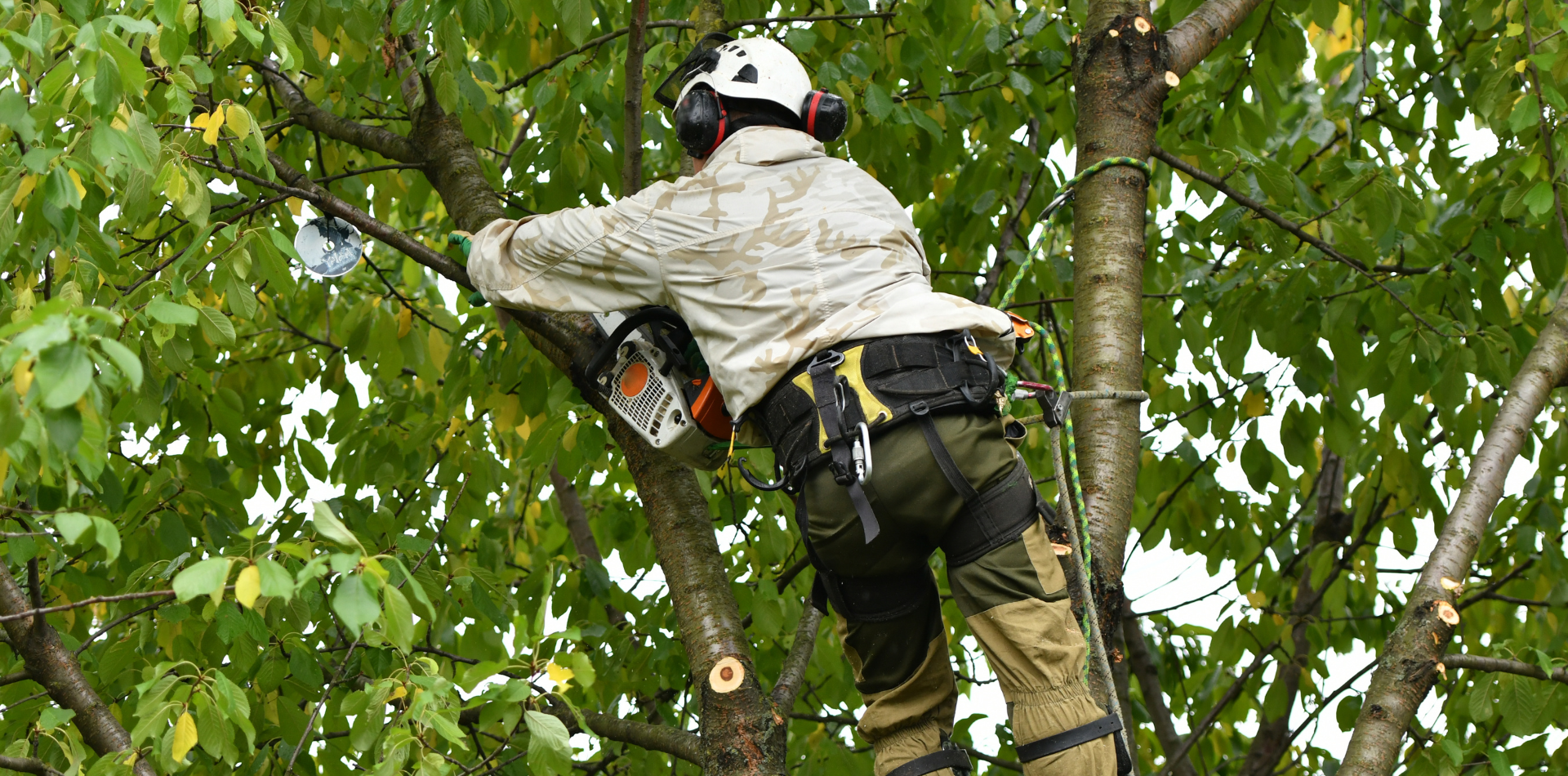
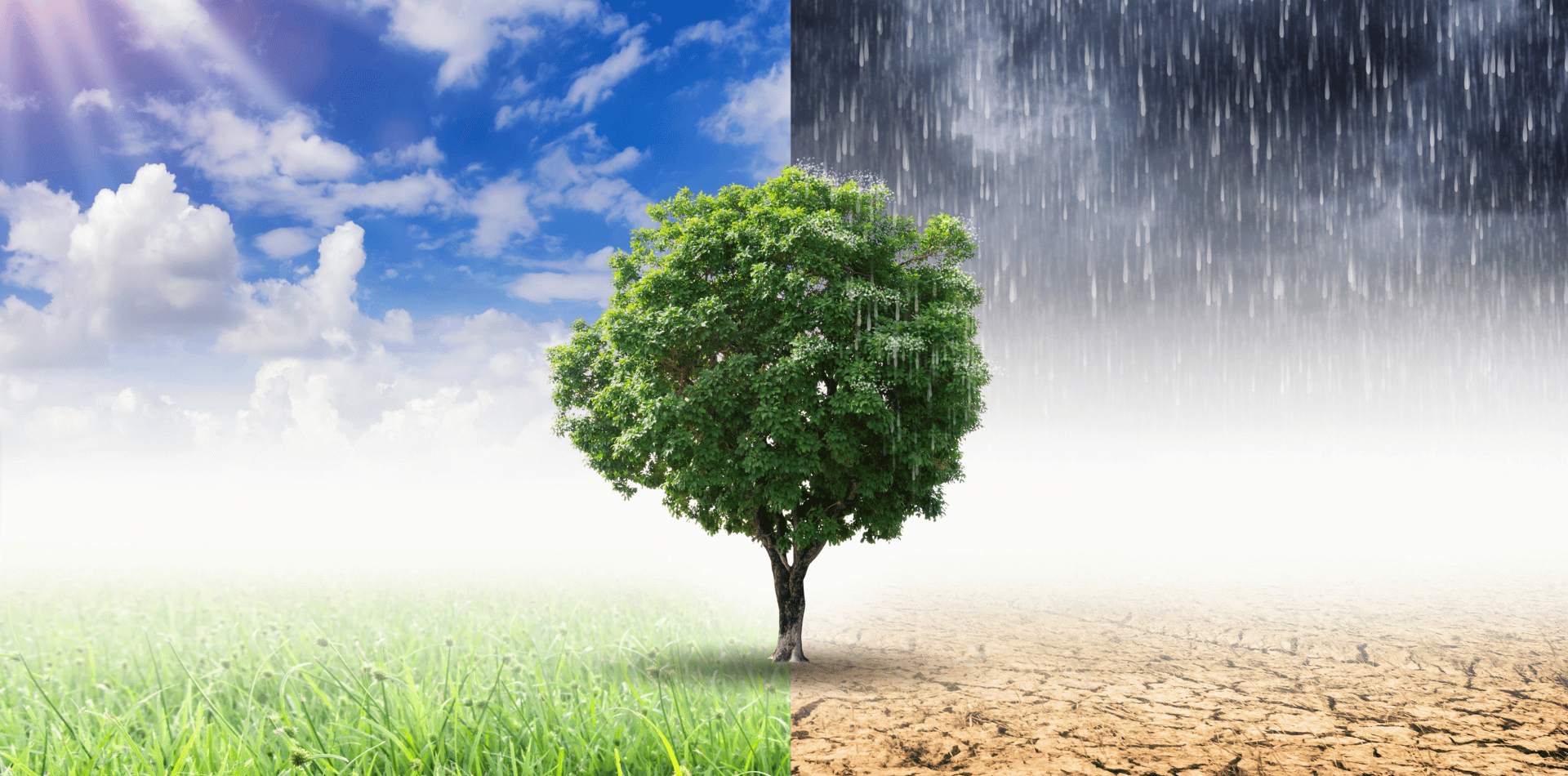
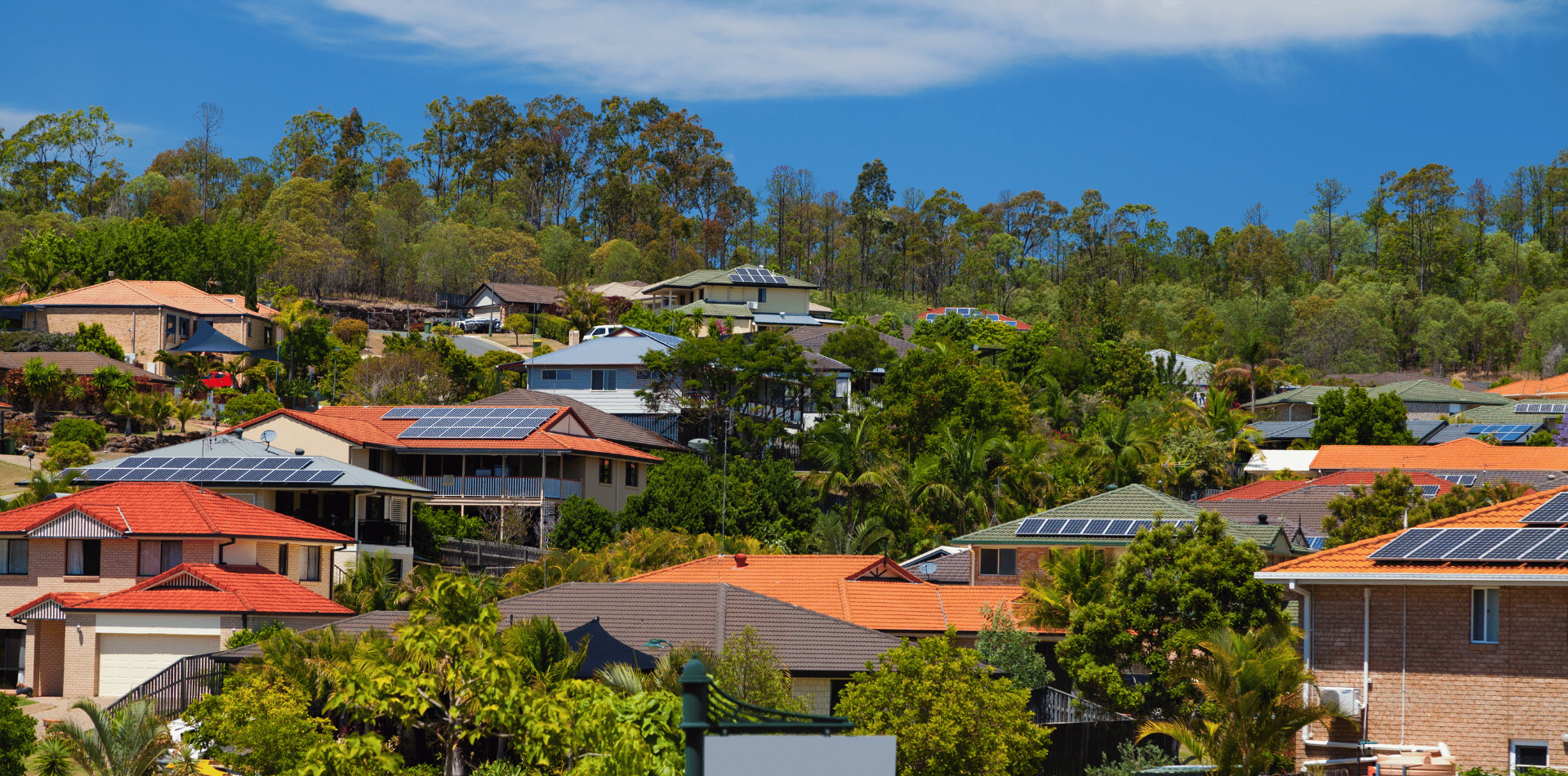
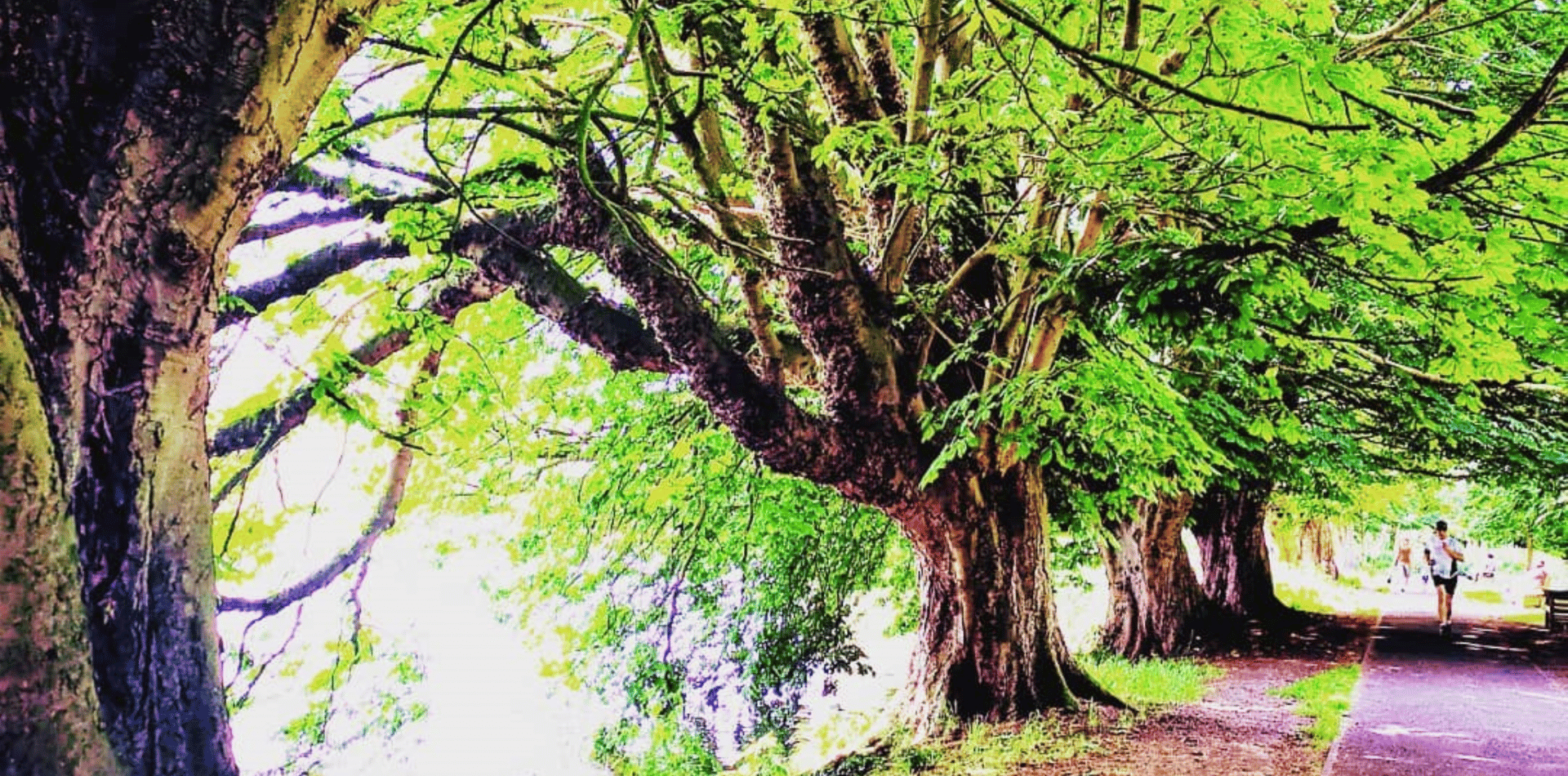
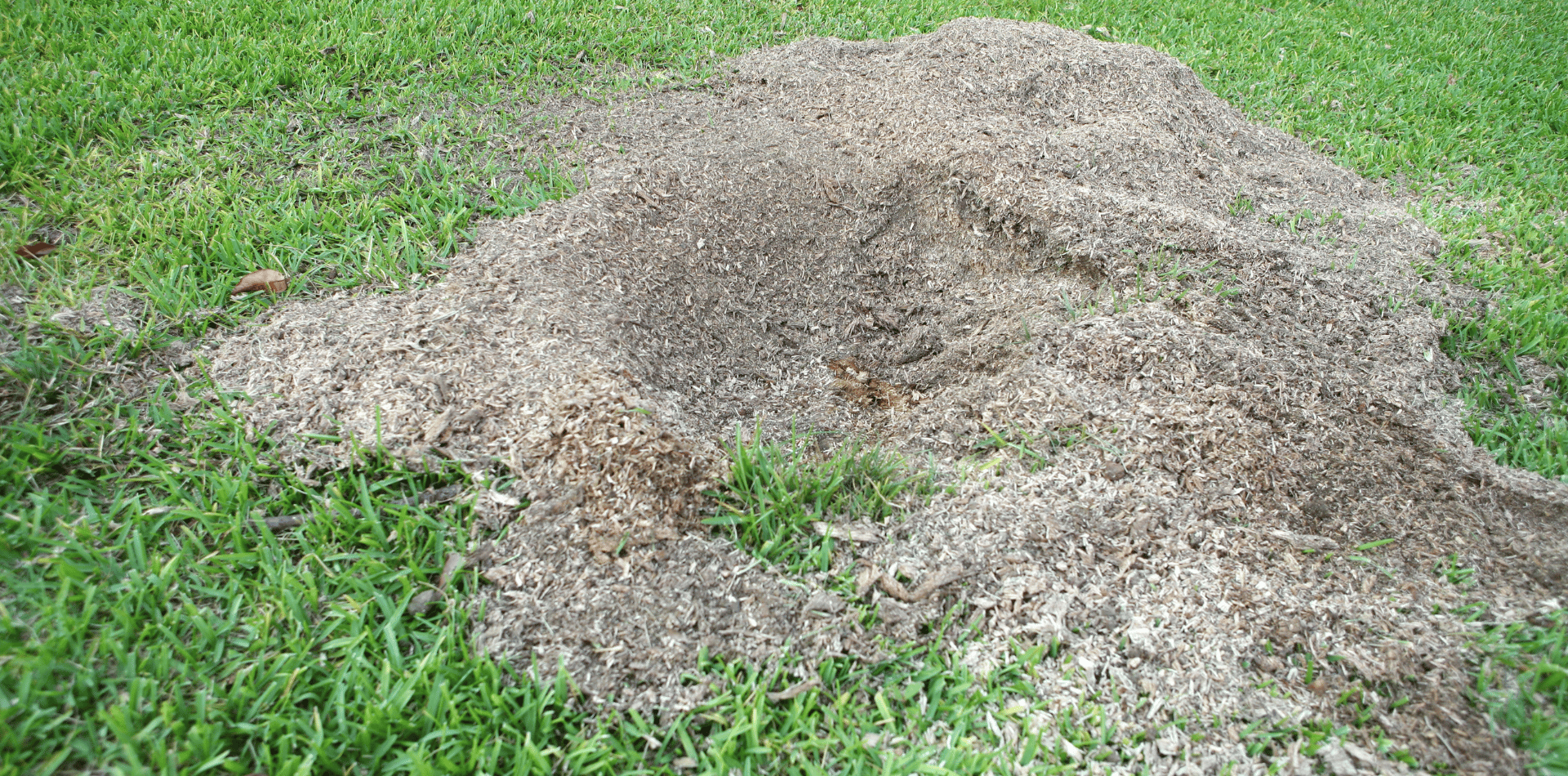
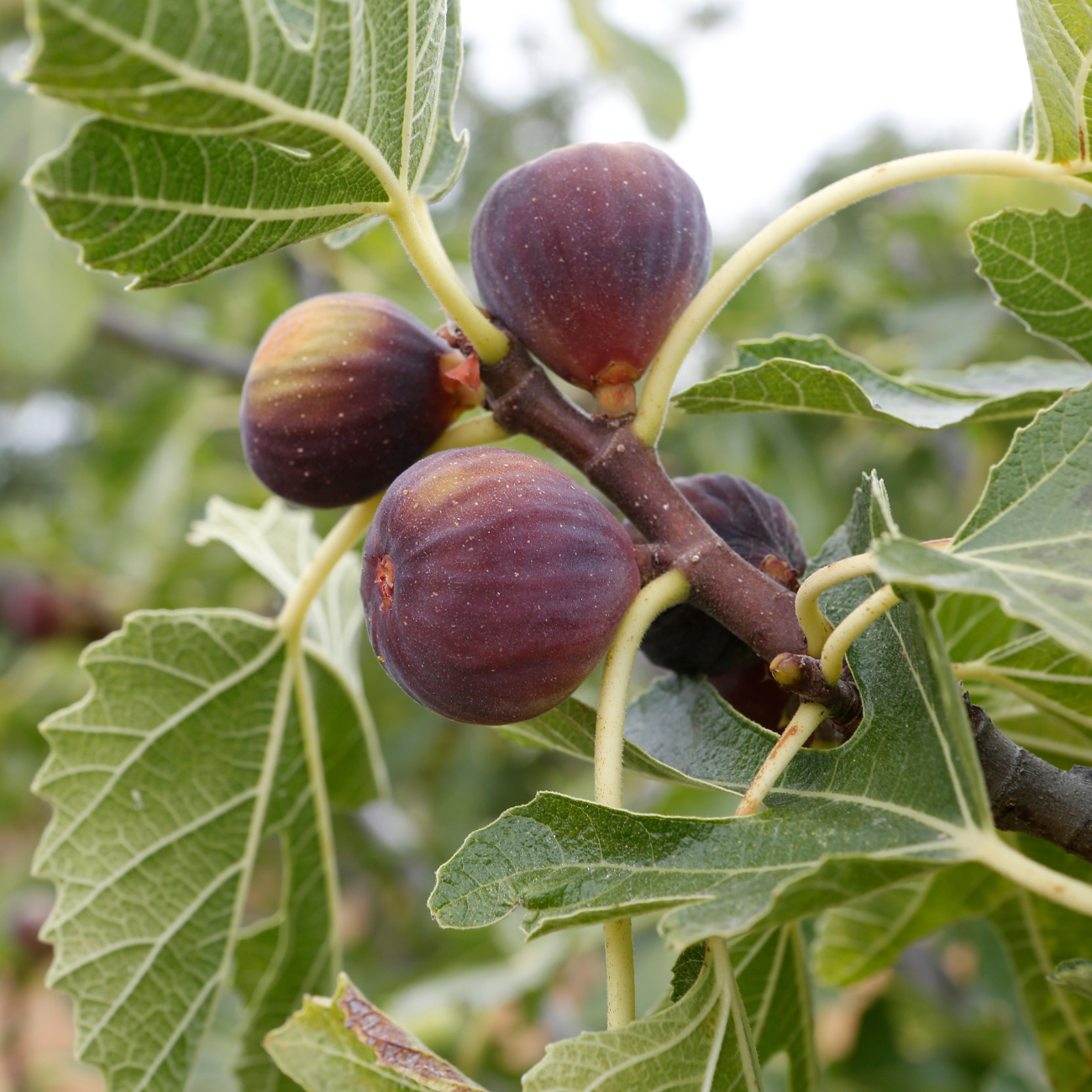
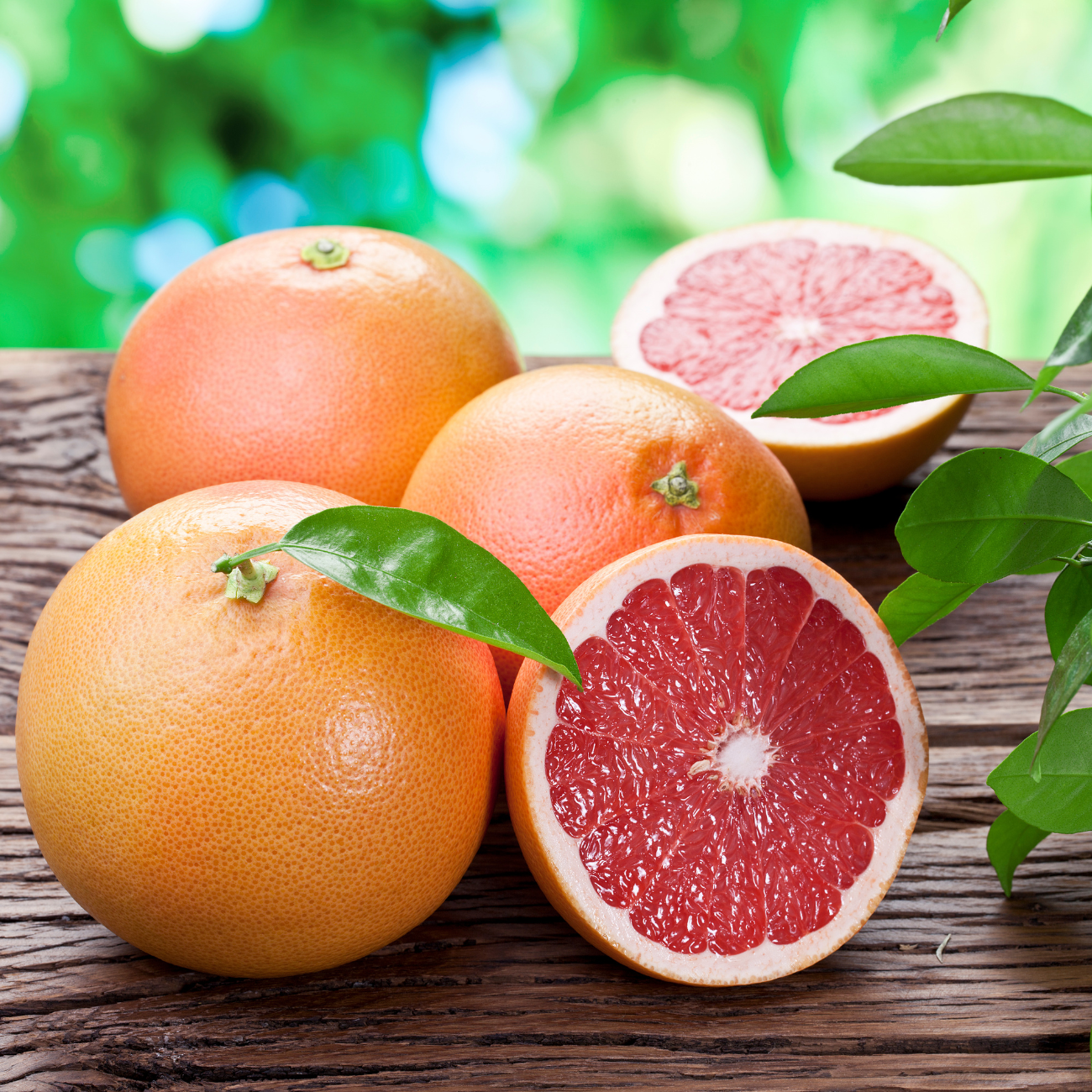
Contact
Kaptol Tree Removal Newcastle
A Member of the Kaptol Group
Powered by Kaptol Media

